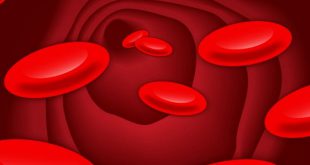 A light bulb gives off light because an electric current is passed through its filament,a thread of tungsten metal thinner than a human hair, which then becomes white hot. Sir Joseph Swan (1828-1914) in the England and Thomas Alva Edison (1847-1931) in the United States constructed the first incandescent electric lamps in 1879. They succeed in preventing the rapid burning up of the filament by oxidization, but their problem lay in the choice of a suitable material for the filament.
A light bulb gives off light because an electric current is passed through its filament,a thread of tungsten metal thinner than a human hair, which then becomes white hot. Sir Joseph Swan (1828-1914) in the England and Thomas Alva Edison (1847-1931) in the United States constructed the first incandescent electric lamps in 1879. They succeed in preventing the rapid burning up of the filament by oxidization, but their problem lay in the choice of a suitable material for the filament.
Edison that in his laboratory watching a filament of charred cotton thread glow in a glass bulb, which had been exhausted of air, for 40 hours. But the thread was too fragile to sustain the heat provided by the electric current. A material was needed that would stand great heat, for the hotter the filament, the brighter is the light given by the lamp.
But even with the present day use of tungsten, the problem still remains in that the more a filament is heated, the sooner it will burn away. To solve this problem, gas discharge lamps were invented. These consist of glass tubes filled with sodium or mercury vapour, or neon gas. At each end of the tubes are electrodes, or contacts. When an electric current is applied to one of the contacts it passed through the gas to the other contact, causing the gas to glow and give out light.
 Kids Portal For Parents India Kids Network
Kids Portal For Parents India Kids Network






